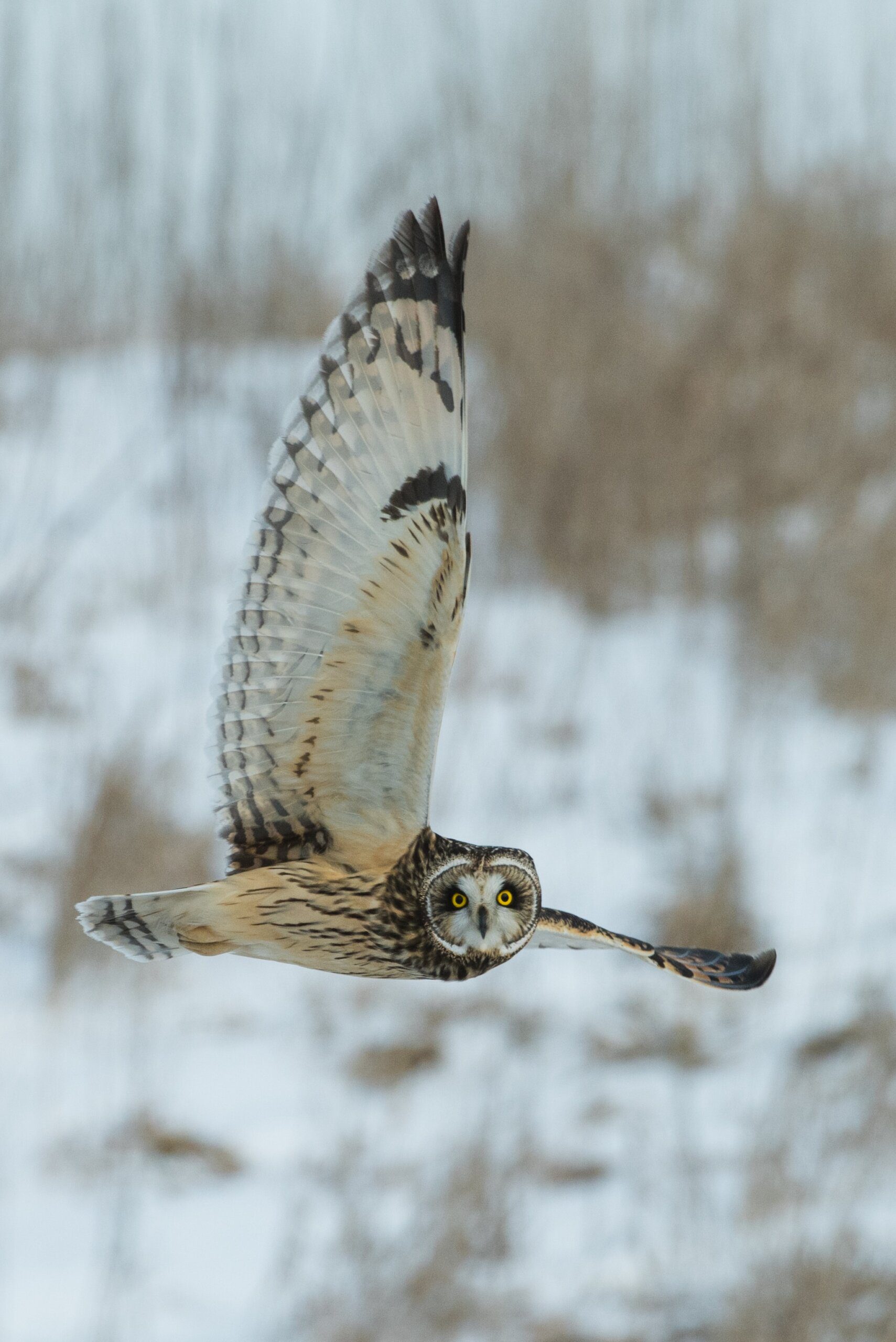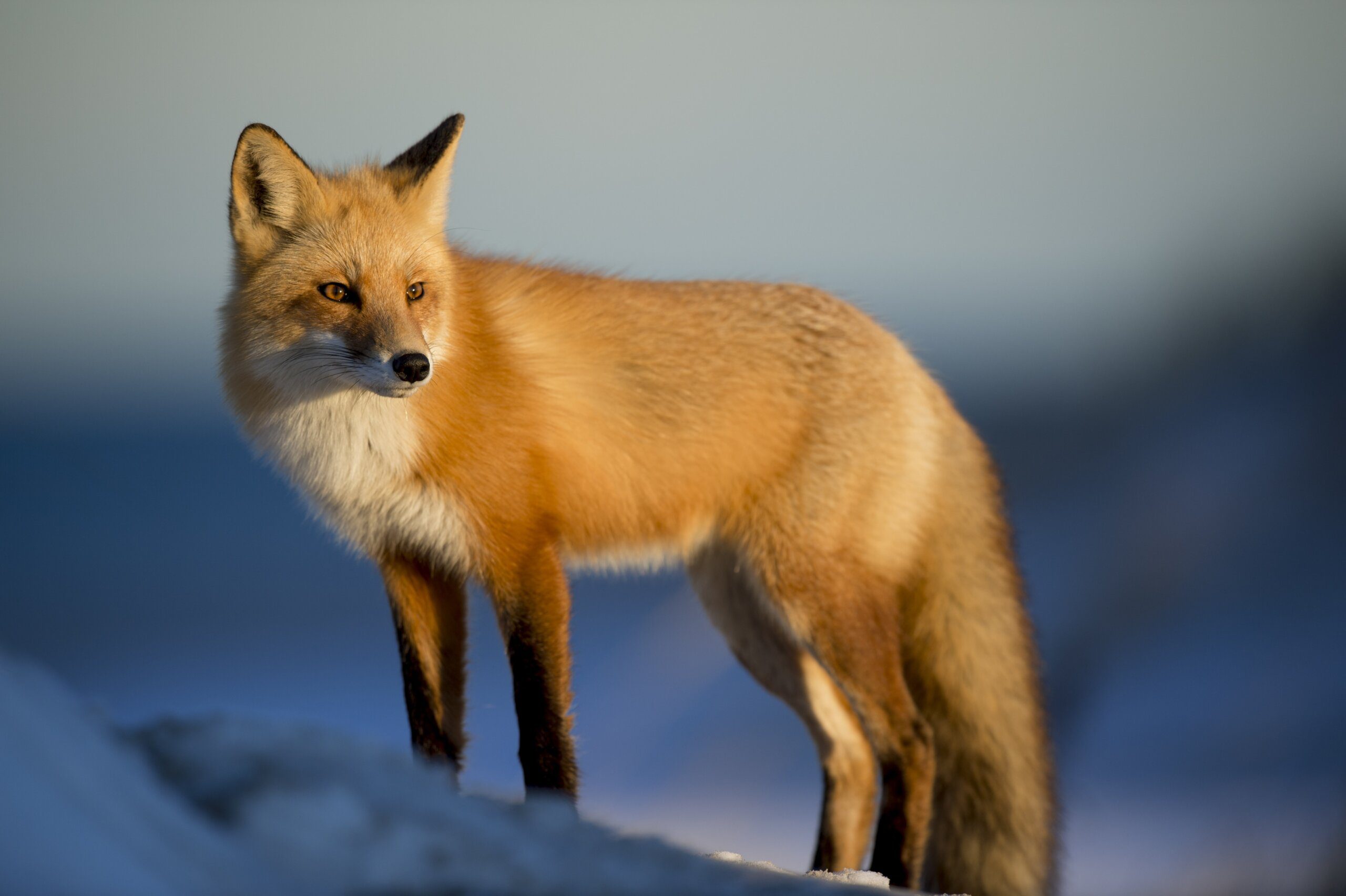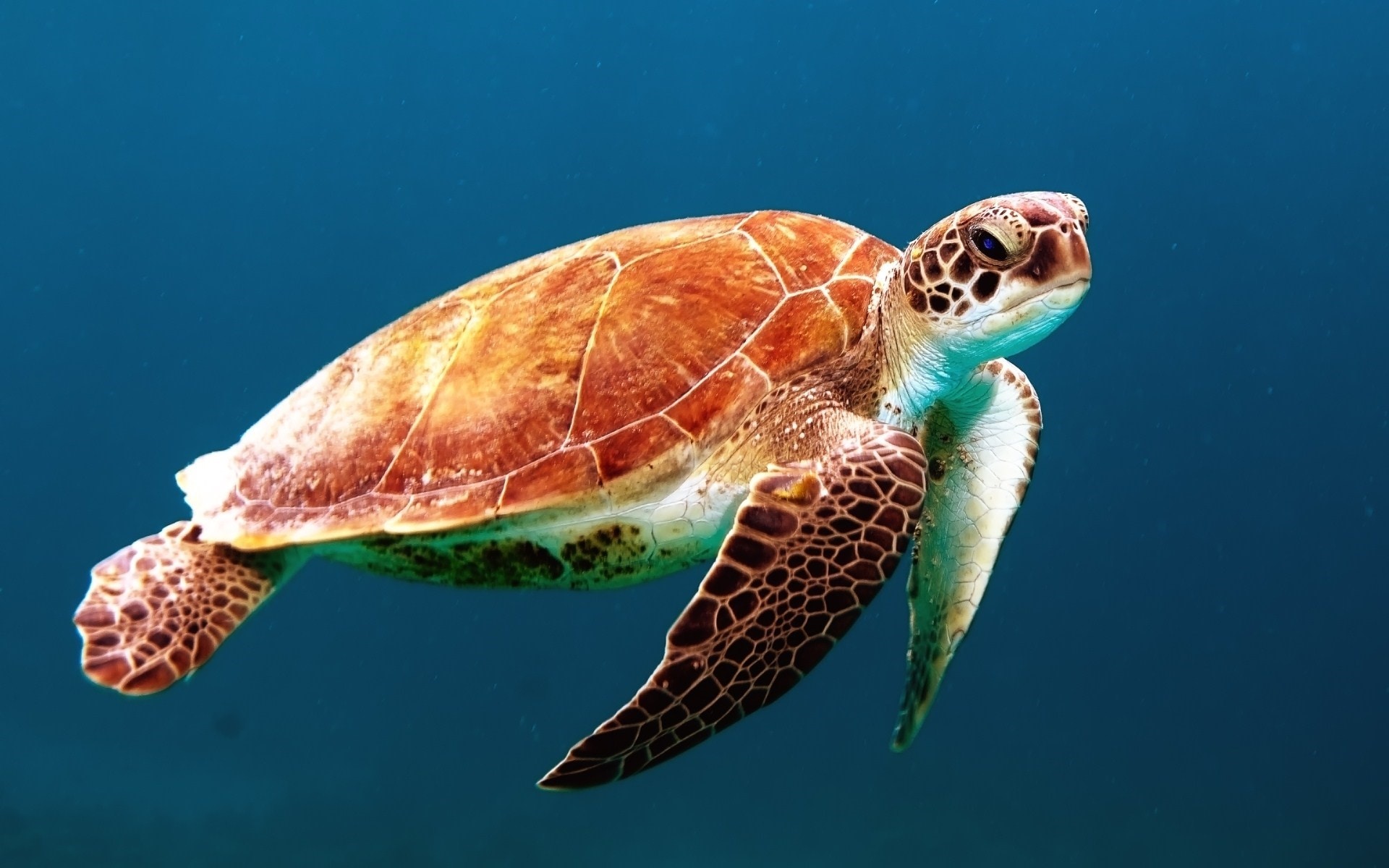Have you ever wondered just how big capybaras, the largest rodents in the world, actually are? These fascinating creatures, native to South America, can reach impressive sizes that will leave you in awe. In this article, we will explore the dimensions of capybaras, giving you a closer look at their extraordinary size and making you appreciate the wonders of nature even more. So, prepare to be amazed as we uncover the truth about the size of capybaras.

1. Overview of Capybaras
1.1 Introduction to Capybaras
Capybaras are fascinating creatures that belong to the rodent family. They are known for their unique size and semi-aquatic lifestyle. These gentle giants are native to South America, particularly the tropical forests and wetlands of countries like Brazil, Venezuela, and Colombia. Capybaras have captured the curiosity and imagination of people worldwide due to their distinctive physical characteristics and intriguing behavior.
1.2 Classification
Scientifically known as Hydrochoerus hydrochaeris, capybaras are the largest living rodents on our planet. They belong to the family Caviidae, which also includes guinea pigs and rock cavies. Additionally, capybaras are part of the infraorder Hystricognathi, a diverse group of rodents that includes porcupines, guinea pigs, and degus. Despite their enormous size, they share common ancestry with their smaller rodent relatives.
1.3 Habitat and Distribution
Capybaras primarily inhabit areas near bodies of water, such as rivers, lakes, and marshes. They require a combination of both land and water for their survival. These semi-aquatic creatures can be found in a range of habitats, including savannas, rainforests, and densely vegetated areas. Capybaras are endemic to South America, with the majority of the population residing in the northern regions of the continent. They can be found in several countries, including Argentina, Paraguay, Uruguay, and Suriname.
1.4 Behavior and Diet
Capybaras are highly social animals and are often found in groups known as “herds” or “troops.” These groups can consist of as few as 10 individuals or as many as 100. They are diurnal creatures, meaning they are active during the daytime. Capybaras have a herbivorous diet, mainly comprising grasses, aquatic plants, and fruits. They have specialized digestive systems that allow them to efficiently extract nutrients from plant material. Despite being herbivores, they have sharp incisor teeth that can be used for defense if necessary.
1.5 Importance in Ecosystem
Capybaras play a crucial role in the ecosystem they inhabit. As herbivores, they help maintain the balance of plant populations by grazing on vegetation. This grazing behavior not only controls plant growth but also creates diverse habitats for other species. Capybaras are important prey for large predators, such as jaguars and anacondas, which helps regulate predator-prey dynamics in their ecosystem. Their interactions with other animals and their impact on vegetation make them valuable contributors to the overall health and biodiversity of their habitats.
2. Physical Characteristics
2.1 Body Size and Weight
Capybaras are unmistakably large rodents, with adult individuals measuring around 1 to 1.3 meters (3.3 to 4.3 feet) in length. They have a stocky build, with robust bodies and short limbs. The average weight of a fully grown capybara ranges from 35 to 65 kilograms (77 to 143 pounds). However, the size and weight can vary slightly depending on factors such as subspecies, gender, and environmental conditions.
2.2 Height and Length
In terms of height, capybaras stand around 50 to 62 centimeters (1.6 to 2 feet) tall at the shoulder. Their body length, excluding the tail, contributes to their overall impressive size. Typically, an adult capybara measures between 1.2 to 1.5 meters (3.9 to 4.9 feet) from its nose to the base of its tail. The length of the tail itself is relatively short, ranging from 40 to 50 centimeters (16 to 20 inches).
2.3 Physical Features
Capybaras have several distinguishing physical features that set them apart from other rodents. Their large, round heads are adorned with expressive eyes, small ears, and blunt snouts. These remarkable animals possess webbed feet, which enable them to be proficient swimmers. Their front feet have four toes, while their hind feet have three. Capybaras also have rough, dark claws that help them navigate various terrains, both on land and in water.
2.4 Fur and Coloration
The dense fur of capybaras serves multiple purposes, providing insulation, protection, and camouflage. Their fur ranges in color from light brown to reddish-brown, with individual hairs having bands of different shades. This coloration aids in blending with their surroundings, making it easier for them to hide from potential predators. Capybaras have specialized oil glands in their skin that secrete a substance giving their fur a greasy texture, which helps repel water.

3. Comparative Size
3.1 Capybara vs Other Rodents
When comparing the size of capybaras to other rodents, they are undoubtedly the largest. The average capybara surpasses the size of common rodents like mice, rats, and squirrels by a significant margin. Their massive stature makes them an intriguing outlier in the rodent family, showcasing the incredible diversity within this group of animals.
3.2 Capybara vs Other Animals
While capybaras are the largest rodents, they are not the largest animals in the animal kingdom. They are smaller than numerous species, including elephants, giraffes, and whales. However, their size is still impressive for a rodent, making them one of the largest mammals in South America and attracting attention from researchers and wildlife enthusiasts worldwide.
3.3 Capybara vs Humans
When it comes to comparing capybaras to humans, their size difference is quite substantial. Capybaras can tower over an average human in terms of length and height. Their bulk and weight also dwarf that of humans. Interactions between capybaras and humans tend to be peaceful in natural environments, as capybaras are typically docile and non-aggressive. However, it is important to respect their space and observe them from a safe distance to ensure the well-being of both parties.
4. Factors Influencing Size
4.1 Genetic Factors
The size of capybaras is influenced by various genetic factors. Subspecies and different populations within the species can exhibit slight variations in size due to genetic diversity. Additionally, genetic factors play a role in determining an individual’s growth rate and overall body size as it progresses through its life stages.
4.2 Environmental Factors
Environmental factors also play a significant role in determining the size of capybaras. Access to adequate food resources, water availability, and the overall quality of the habitat directly impact the growth and development of these animals. Capybaras living in regions with abundant food and water sources tend to grow larger than those in regions with limited resources.
4.3 Diet and Nutrition
Diet and nutrition are crucial factors that influence the size of capybaras. As herbivores, they rely on vegetation for their sustenance. The amount and quality of food they consume directly impact their growth and size. Capybaras in habitats with a diverse range of nutritious plants, such as grasses and aquatic vegetation, have better access to the necessary nutrients for optimal growth.

5. Growth and Development
5.1 Life Cycle Stages
Capybaras undergo various life cycle stages, from birth to adulthood. At birth, capybara offspring, known as “pups,” are relatively small, weighing around 1 to 1.5 kilograms (2.2 to 3.3 pounds). As they grow, they go through developmental milestones, including teething, learning to swim, and gaining independence from their mothers. Capybaras typically reach sexual maturity between one and two years of age, although growth rates can vary slightly between individuals.
5.2 Reproduction and Offspring
Capybaras have a unique reproductive system where females are polyestrous, meaning they have multiple estrous cycles throughout the year. This allows for breeding opportunities throughout different seasons. After a gestation period of around 150 to 160 days, the female capybara gives birth to a litter of approximately 2 to 8 pups. The newborns are precocial, meaning they are relatively mature and able to walk, swim, and graze shortly after birth.
5.3 Maturation and Size
The rate at which capybaras mature significantly influences their size. It takes several months for capybara pups to reach the size of adult individuals. As they develop, their bodies grow and expand, gradually reaching their full adult size. However, there can be slight variations in growth rates among individuals due to genetic, environmental, and nutritional factors.
6. Size Variations among Subspecies
6.1 South American Capybaras
South American capybaras, which include the majority of the capybara population, exhibit a wide range of sizes. In regions with plentiful resources, such as the Amazon rainforest, capybaras tend to be larger, benefiting from the abundance of food and water. In contrast, capybaras living in more arid or less resource-rich environments may be smaller in size due to restricted access to nutrition.
6.2 Central American Capybaras
Central American capybaras, also known as Central American agoutis, are genetically distinct from their South American counterparts. They have a smaller body size compared to their counterparts further south. The factors influencing their size are likely a combination of genetic and environmental factors specific to the regions they inhabit.
6.3 North American Capybaras
North American capybaras primarily inhabit the southeastern United States. While their population is relatively small compared to their South American relatives, they exhibit similar size ranges. The availability of suitable habitats and food resources in these regions allows for capybaras to grow to their full potential, resulting in comparable sizes to their South American counterparts.
6.4 Caribbean Capybaras
Capybaras found in the Caribbean islands, often referred to as West Indian capybaras, are generally smaller in size compared to other subspecies. Limited land area and restricted access to suitable habitats and resources contribute to the smaller overall size of these capybaras. Their size differences highlight the adaptability of capybaras to various environments and the impact of ecological factors on their physical characteristics.
7. Ancient Capybaras and Fossil Records
7.1 Evolutionary History
Capybaras have a rich evolutionary history that can be traced back millions of years. Fossil records provide evidence of capybara-like creatures that lived during the Miocene epoch, around 9 to 10 million years ago. Over time, they evolved and adapted to changing environments, eventually giving rise to the capybaras we know today. Studying their evolutionary history has provided invaluable insights into their size, anatomy, and behavior.
7.2 Largest Prehistoric Capybaras
Some prehistoric capybara species reached remarkable sizes during their evolution. One such species, called Phugatherium, existed around 4.6 million years ago in what is now Argentina. Fossils indicate that Phugatherium weighed an astonishing 1,500 kilograms (3,300 pounds), making it one of the largest rodents ever to have existed. These ancient giants highlight the incredible diversity within the capybara lineage.
7.3 Size Comparison with Extinct Relatives
Comparing the size of modern capybaras with their extinct relatives demonstrates the significant size reduction that has occurred over millions of years of evolution. While capybaras are already sizable rodents, their prehistoric counterparts were truly outliers in terms of sheer size. The fossil record allows us to appreciate the unique evolutionary trajectory of capybaras and their place within the broader context of mammalian evolution.
8. Estimating Capybara Size
8.1 Field Observation and Measurement
Estimating the size of capybaras in the wild often involves field observations and measurements of live individuals. Researchers and scientists commonly use methods such as capturing capybaras, taking body measurements, and recording weights. These measurements provide valuable data that helps establish average sizes and variations within capybara populations.
8.2 Latest Technological Methods
Advancements in technology have also provided new means to estimate capybara size. Remote sensing techniques, including aerial surveys and satellite imagery, allow for population monitoring and size estimation over large areas. Additionally, thermal imaging and 3D modeling techniques provide non-intrusive ways to measure capybaras’ dimensions accurately.
8.3 Challenges and Limitations
Estimating the size of capybaras can present challenges due to their often-elusive nature and the diverse habitats they occupy. Inaccuracies can arise from variations in measurement techniques, limitations in available technology, and the difficulty of capturing data from a large and constantly moving population. Despite these challenges, ongoing research and technological advancements continue to refine our understanding of capybara size, helping us gain valuable insights into these fascinating creatures.
9. Interactions with Humans
9.1 Cultural Significance
Capybaras hold cultural significance in various South American countries. In countries like Brazil and Venezuela, capybaras are often celebrated and considered a national symbol. They feature prominently in folklore, art, and traditional celebrations. Additionally, indigenous communities and local cultures have long-established relationships with capybaras, considering them spiritually significant and incorporating them into their belief systems and practices.
9.2 Domestication and Captivity
While capybaras are not commonly domesticated, there are instances of people keeping them as pets or in captive settings. Domesticated capybaras require specific care, including proper nutrition, habitat conditions, and socialization. However, it is important to note that capybaras have specific environmental and behavioral needs, making them unsuitable for everyone. Only individuals with the necessary resources and expertise should consider domestication or captive care.
9.3 Hunting and Conservation
In certain regions, capybaras are legally hunted for their meat or fur. The demand for capybara products, primarily in South America, drives hunting activities. However, hunting regulations and conservation efforts are in place to ensure the sustainable management of capybara populations. Conservation organizations and initiatives work towards protecting capybara habitats, raising awareness about their ecological importance, and promoting responsible hunting practices to maintain population levels and biodiversity.
10. Conclusion
10.1 Summary of Findings
Capybaras are captivating creatures that captivate our imagination with their unique size and fascinating lifestyle. They are the largest living rodents, measuring around 1 to 1.3 meters in length and weighing between 35 to 65 kilograms. Capybaras have adapted to a semi-aquatic existence, utilizing their webbed feet for efficient swimming and their herbivorous diet for sustenance. Their size is influenced by genetic factors, environmental conditions, and the availability of food resources.
10.2 Importance of Understanding Capybara Size
Understanding capybara size is crucial for various reasons. It provides insights into their evolutionary history, their role in maintaining ecosystem balance, and their interactions with humans. By comprehending the factors influencing capybara size, we can better appreciate the diversity within this species and the intricate relationships they have with their environment. As we continue to study and protect capybaras, we contribute to the preservation of these magnificent animals and the ecosystems they inhabit.



